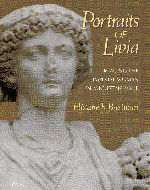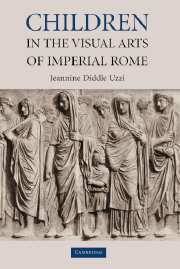Portraits of Livia
Driven by the novelty of her role as empress, Livia Drusilla, wife of Augustus, invented a visual language of female rank and status that was to have a profound impact on Roman art. The portrait solutions that she devised cleverly promoted the cultural programs of Augustus and his successors, Tiberius and Claudius, as well as her role in the imperial line of succession. In this study, Elizabeth Bartman sets Livia's imagery within its socio-political context while also analyzing the role played by gender in its formulation. Richly illustrated and including descriptive catalogue entries of more than 110 surviving portraits, as well as the epigraphic testimony for scores of images now lost, this study presents unparalleled documentation of Livia's image during more than sixty years of her public life in Rome.
- Unparalleled documentation of Livia's image during the more than sixty years of her public life in Rome
- Nearly 200 half-tones
- Establishes socio-political context for portraits and assesses them as documents of ancient Roman notions of womanhood and gender
Product details
November 1998Hardback
9780521583947
266 pages
288 × 226 × 24 mm
1.255kg
194 b/w illus.
Unavailable - out of print July 2002
Table of Contents
- Part I. Patterns of Representation:
- 1. Identifying Livia
- 2. Modes of portrait production and reception
- 3. Facial signals/body language
- Part II. The Politics of the Portraits:
- 4. Livia and Octavian
- 5. Livia and Augustus
- 6. Livia and Tiberius
- 7. The posthumous Livia.







